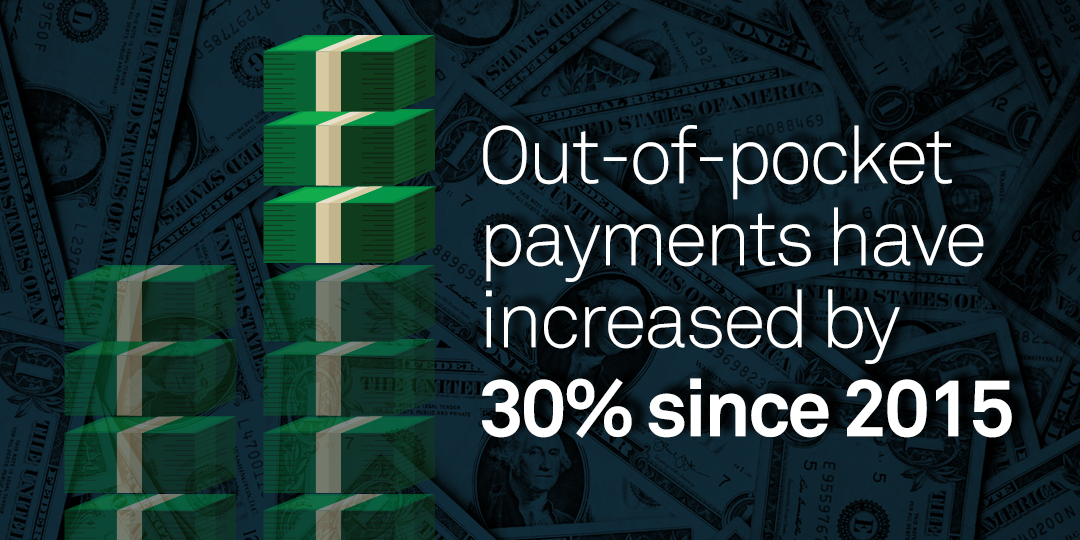So, how do you turn something that sounds so blasé as deductible and co-insurance management into something meaningful?
You connect the dots. Which dots you ask? The deductible data dots and the financial outcomes dots. 30% of the average healthcare bill now comes from the patient’s pocket, according to The Association of Credit and Collection. Providers have seen a steep increase in patient financial responsibility in the past few years. The expansion of high-deductible healthcare insurance plans and increases in co-insurance are the main culprits. What hasn’t quite caught up is providers’ ability to attract and capture the patient portion. Obtaining reasonable reimbursements from healthcare insurance companies is difficult enough, but according to InstaMed’s 2016 Trends in Healthcare Payments Annual Report, “It costs four times more to collect from a patient than it does from an insurance company.” Is blasé turning to interesting yet?
Since patient deductibles and out-of-pocket payments have increased by nearly 30% since 2015 and the slow payment of high-deductible plan patients are the top collection and communication problems most providers face, the dots are sufficiently connected. Due to difficulties surrounding deductible management, many practices are leaving hundreds of thousands of dollars on the proverbial table every year. Are we beyond blasé now?
Communication with patients about these financial matters is a real, and very difficult, issue. Patients are still stuck in a payment time warp, believing that someone else is ultimately responsible for their payments or that providers can simply rely on what insurance alone will pay. Providers and front offices are challenged to have these direct conversations about this amount of money while they are seeking to provide medically necessary services. Pragmatically, their dots remain unconnected.
This disconnect costs patients way more down the road than if the dots were connected upfront. The same goes for providers. But how do you connect the dots before surgery in such a way that you don’t scare patients away from having these needed procedures? You get someone else to help patients manage their deductibles while you focus on providing healthcare.
Contego Solutions connects those dots of managing patient deductibles and co-pay payments so that surgical practices can focus on patient care. Practices no longer need to worry about the disconnect between deductible management and significant patient payments. Patient payments can be taken care of up front before surgery without affecting the therapeutic relationship of the provider with the patient. Patients have a better financial experience because they have no worries about unexpected bills. Providers have a better experience because deductibles are managed in a healthy way that provides better financial outcomes. What’s not to like about those connected dots?
See, https://www.meddata.com/blog/2017/10/26/medical-billing-statistics/ for statistics.

